PRO-S Twin Bore Proportioning Valve
€295.94 incl. VAT
Availability: In stock
PRO-S Twin Bore Proportioning Valve
TWIN BORE PROPORTIONING VALVE – A billet dual line lever type brake proportioning valve to effect pressure reduction on both rear lines when the line brake system has separate lines going to each rear wheel.
with two M10 x 1 inlet and two M10 x 1 outlet ports
- Anodized Black
- Billet CNC Machined 6061 Aluminium
- Brake Pressure Control Valve
- Adjustment with lever
- Two circuits
- M10 x 1.0 mm female threads
- Two inputs and two outputs
This valve provides seven immediate and distinct changes in braking balance.
All PRO-S products are manufactured using high grade aluminum alloys. All components are precision machined to the exact tolerances for long term durability and high performance applications.
TWIN BORE PROPORTIONING VALVE is a vital part of your car.
When should I replace my proportioning valve?
The proportioning valve or the combination valve is an integral component in any automobile’s braking system. It is the part responsible for the ensuring brake balance or controlling the front and rear brakes. Because you cannot apply the same pressure at the same time on both the front and rear brakes which can result in the rear brakes locking up, the proportioning valve makes sure that only a specific amount of pressure is applied on the rear brakes. The proportioning valve is usually the part that connects the master cylinder to the entire braking but in some models, it is not necessarily dependent on the cylinder.
Proportioning valves are also important in ensuring brake balance in the vehicle. A faulty proportioning valve may be potentially dangerous because it pressure may concentrate on the rear brake when the vehicle decelerates hastily or too quickly. Heavy braking, which at times can be inevitable, can lock up the rear brakes of the vehicle so a functional proportioning valve in top shape is crucial.
How does a proportioning valve work?
The proportioning valve is loaded with a spring. It is activated once you press on the brake pedal through the build-up of fluid pressure. The plunger on the valve then dismounts and fluid flows into the calibrated range. Next, the spring in the valve is squeezed and the plunger deters any more fluid from getting through. For the safety of the driver and the passengers, it is important that the pressure is evenly distributed on the front and the rear of the vehicle.
It’s important as well to know which type of proportioning valve fits your vehicle’s brake system. This way, when the time comes that you’ll need to replace it, you’re more informed and the purchasing process is simplified.
This type of proportioning valve is a mere piece of the combination valve along with the pressure differential switch and the metering valve. You will find this valve either on the frame or on the inner fender right under the master cylinder.
Types of Valves Being Used at the Present
On the other hand, these valves can be identified by their aluminum housing which contains a combination of a proportioning valve, a metering valve and a pressure differential switch.
How can you tell if your proportioning valve is faulty?
Because the proportioning valve is an integral component of the entire brake system, it becomes vital to be aware of certain symptoms once it starts to fail. Having knowledge of the signs of a deteriorating valve can save not just your vehicle, but the lives of the driver and the passengers as well.
You must be logged in to post a review.


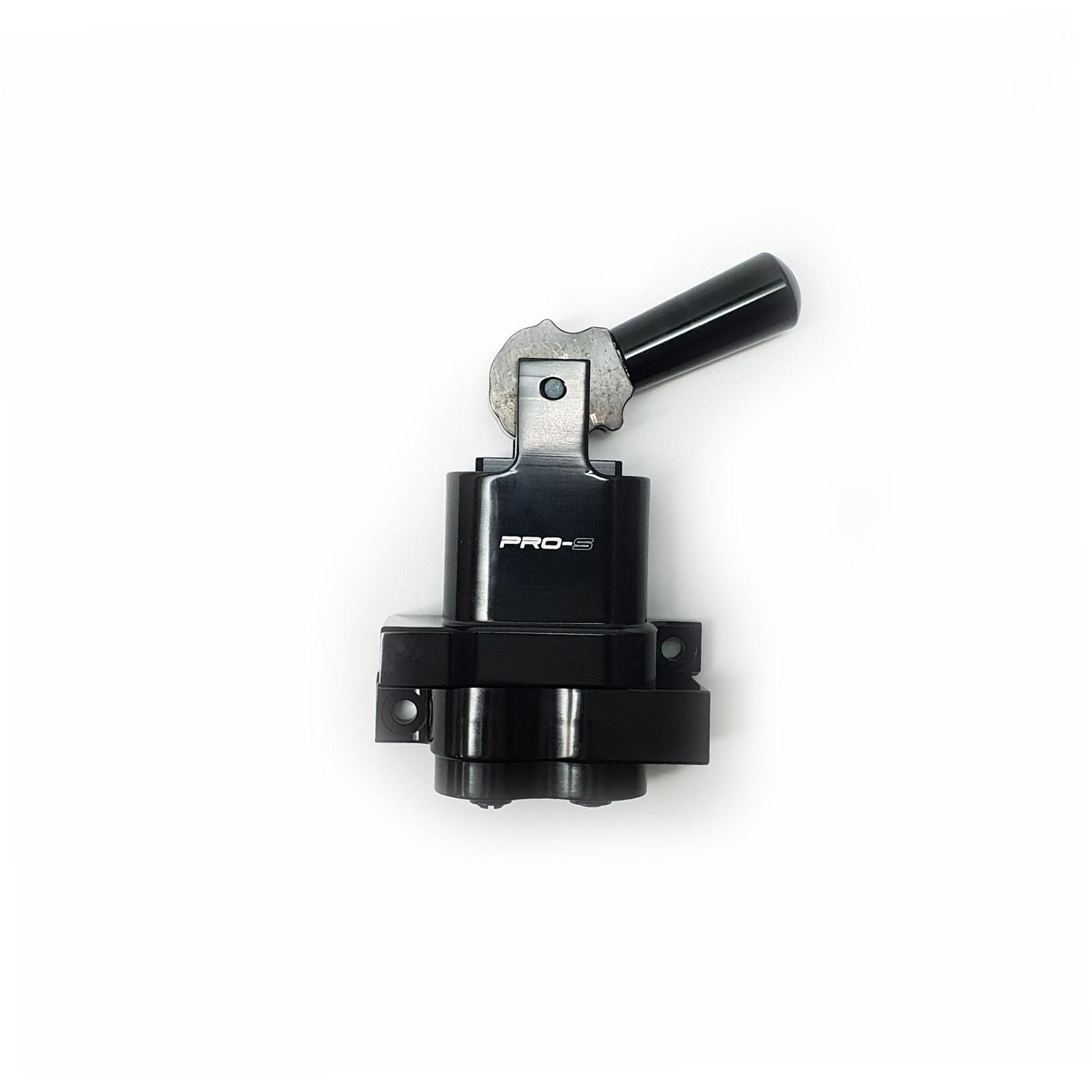
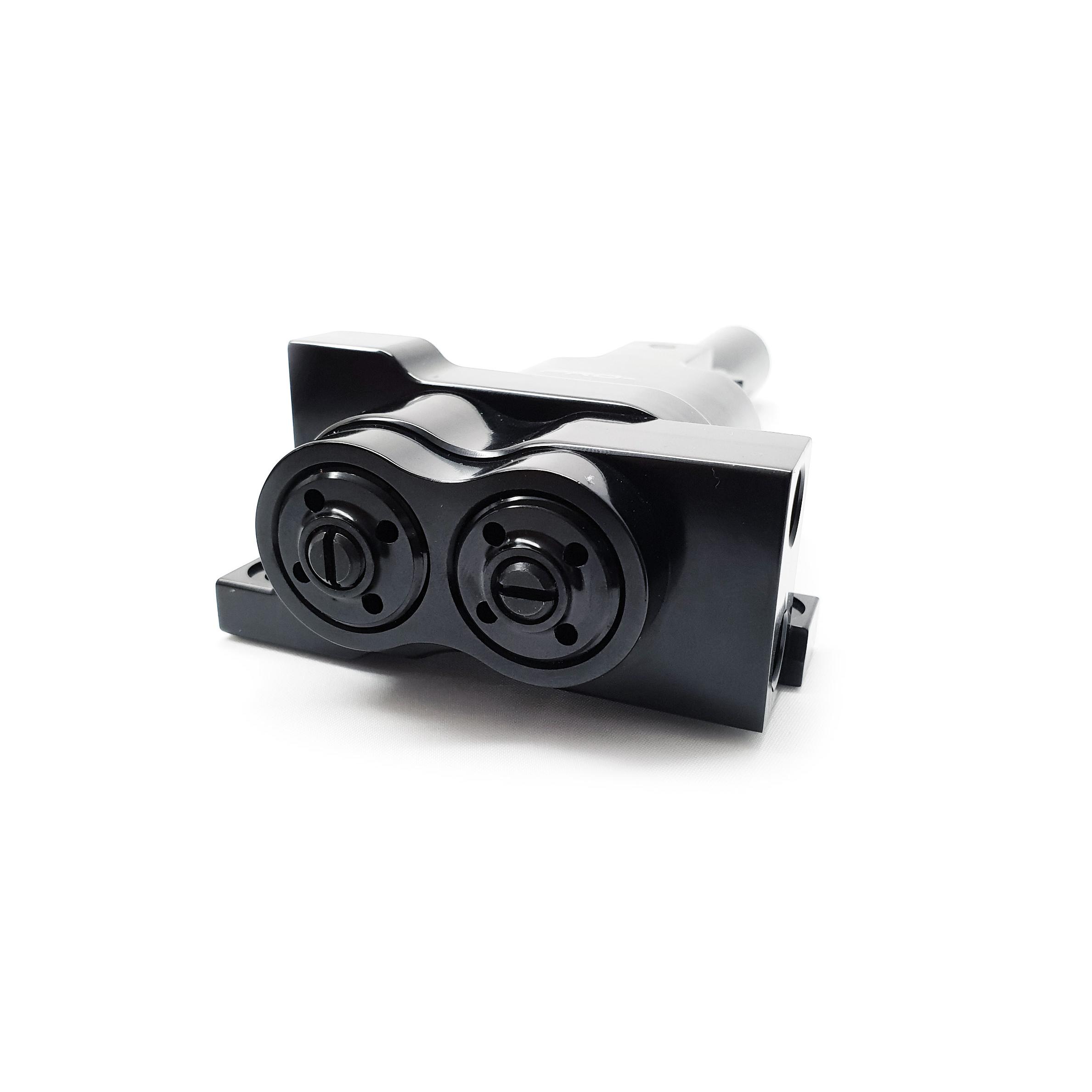
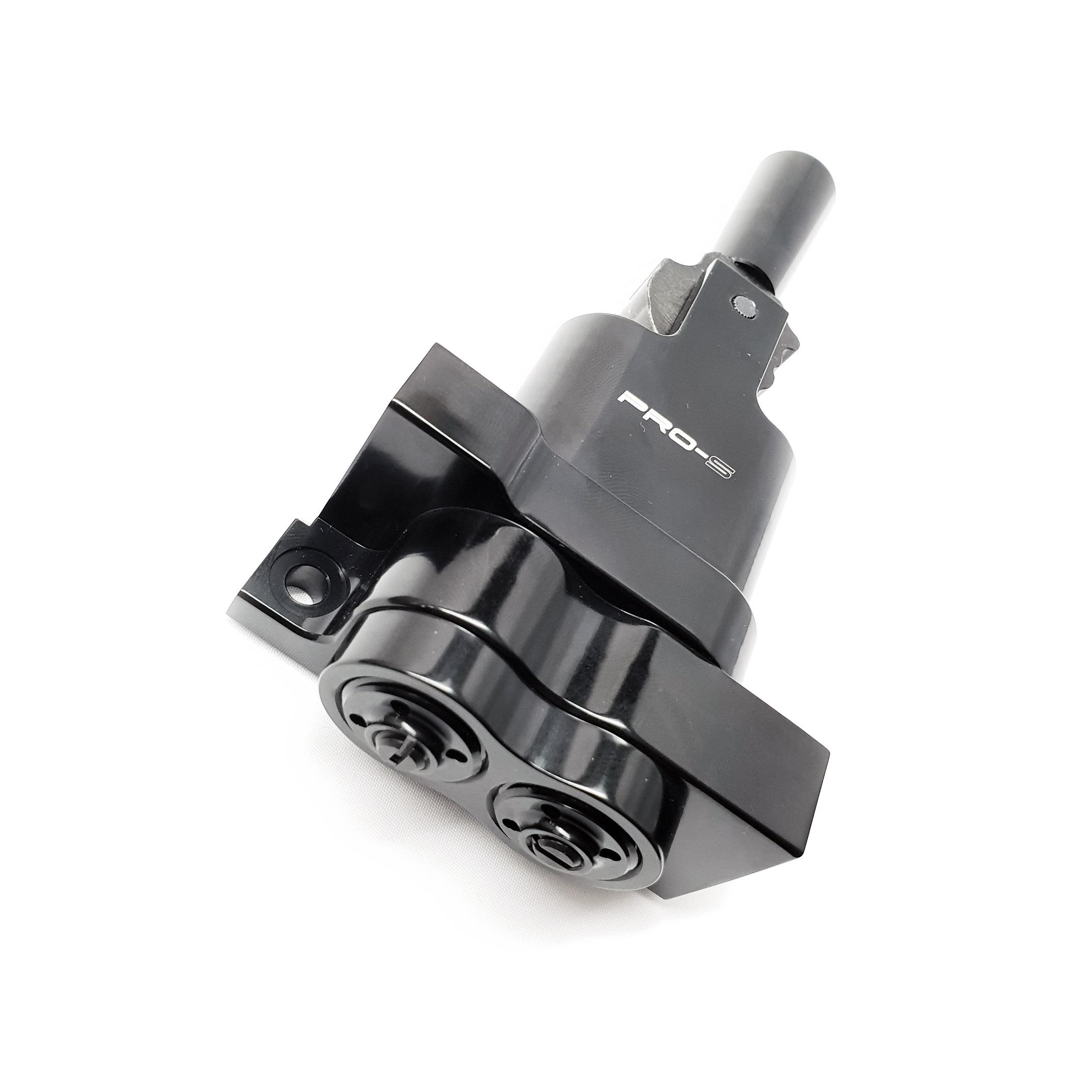
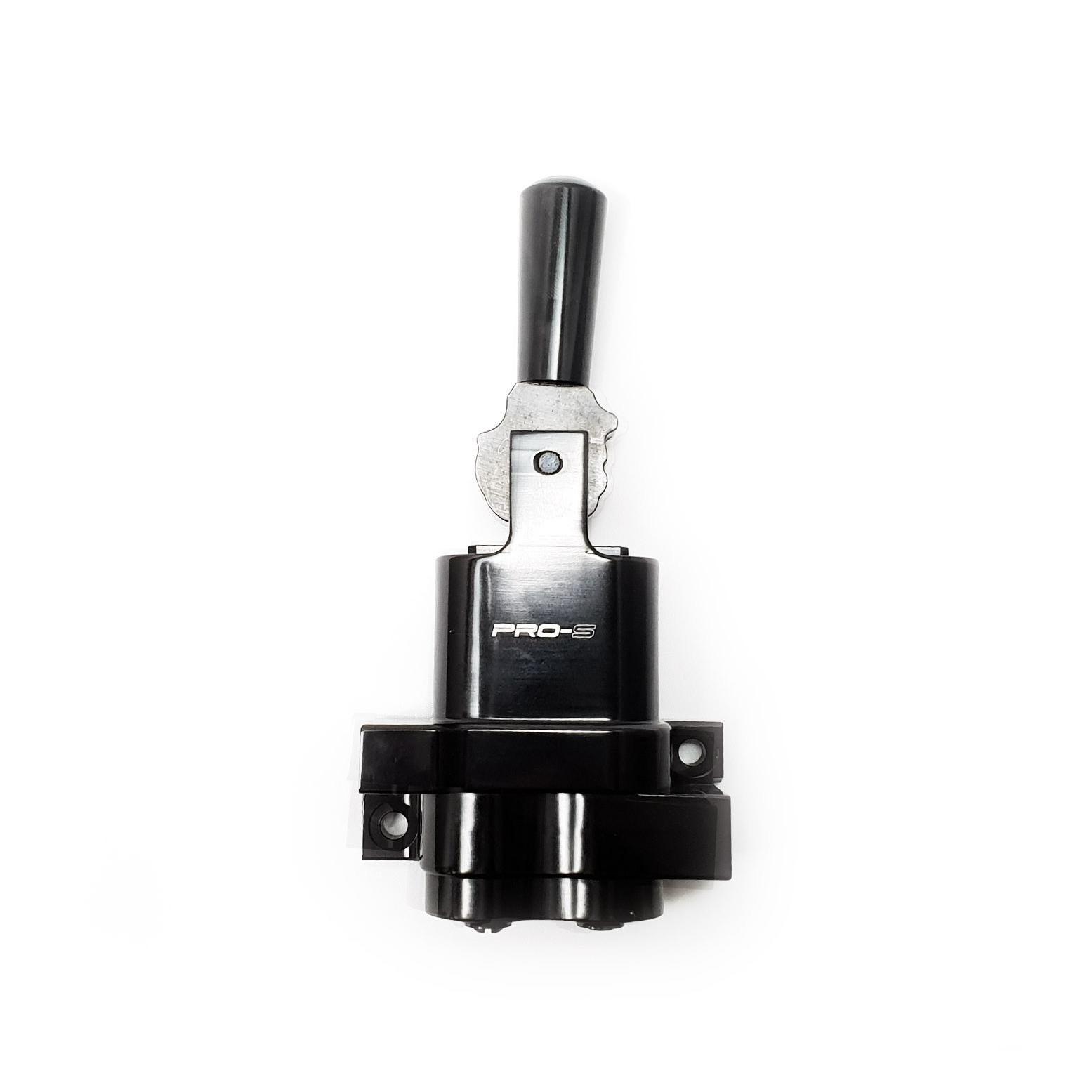
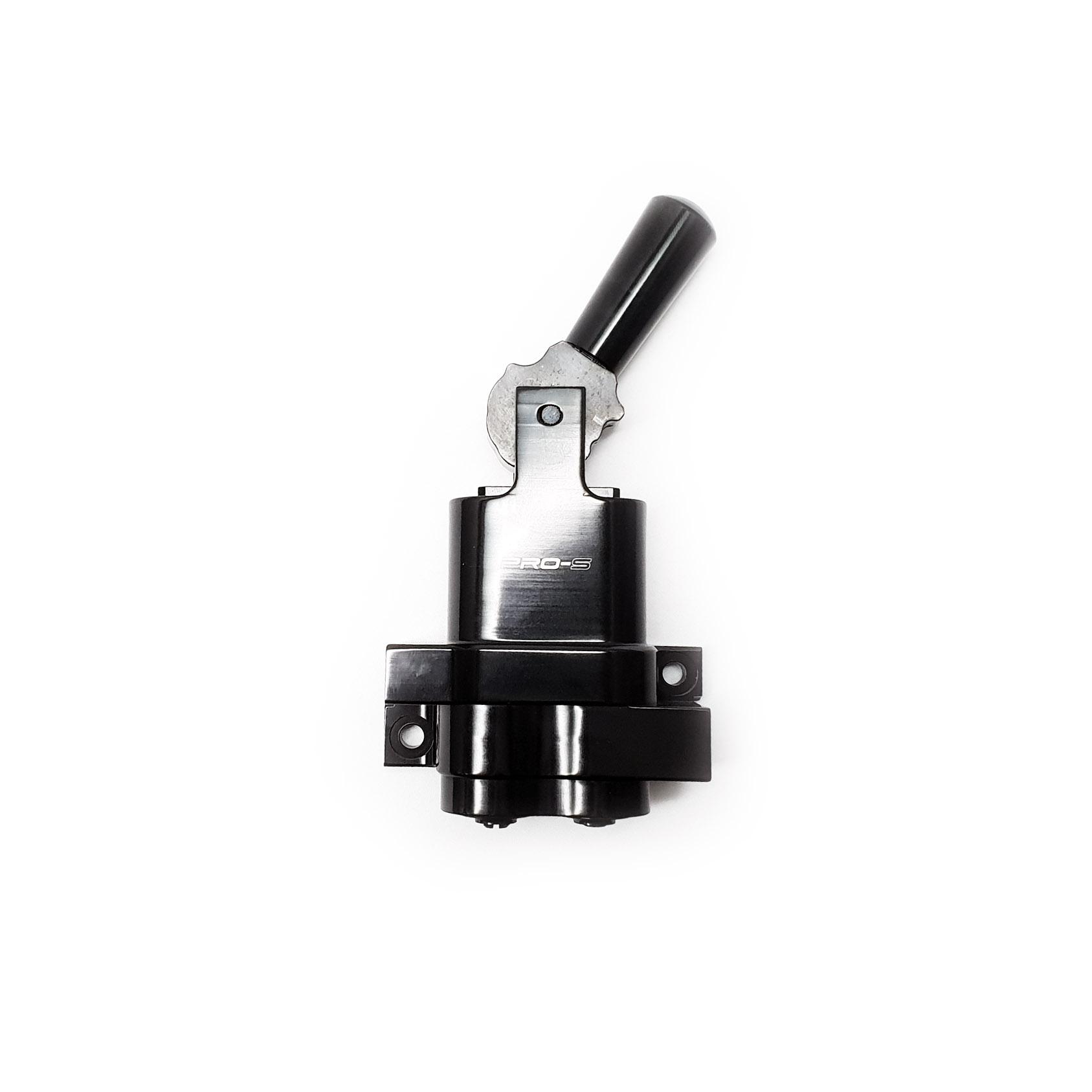
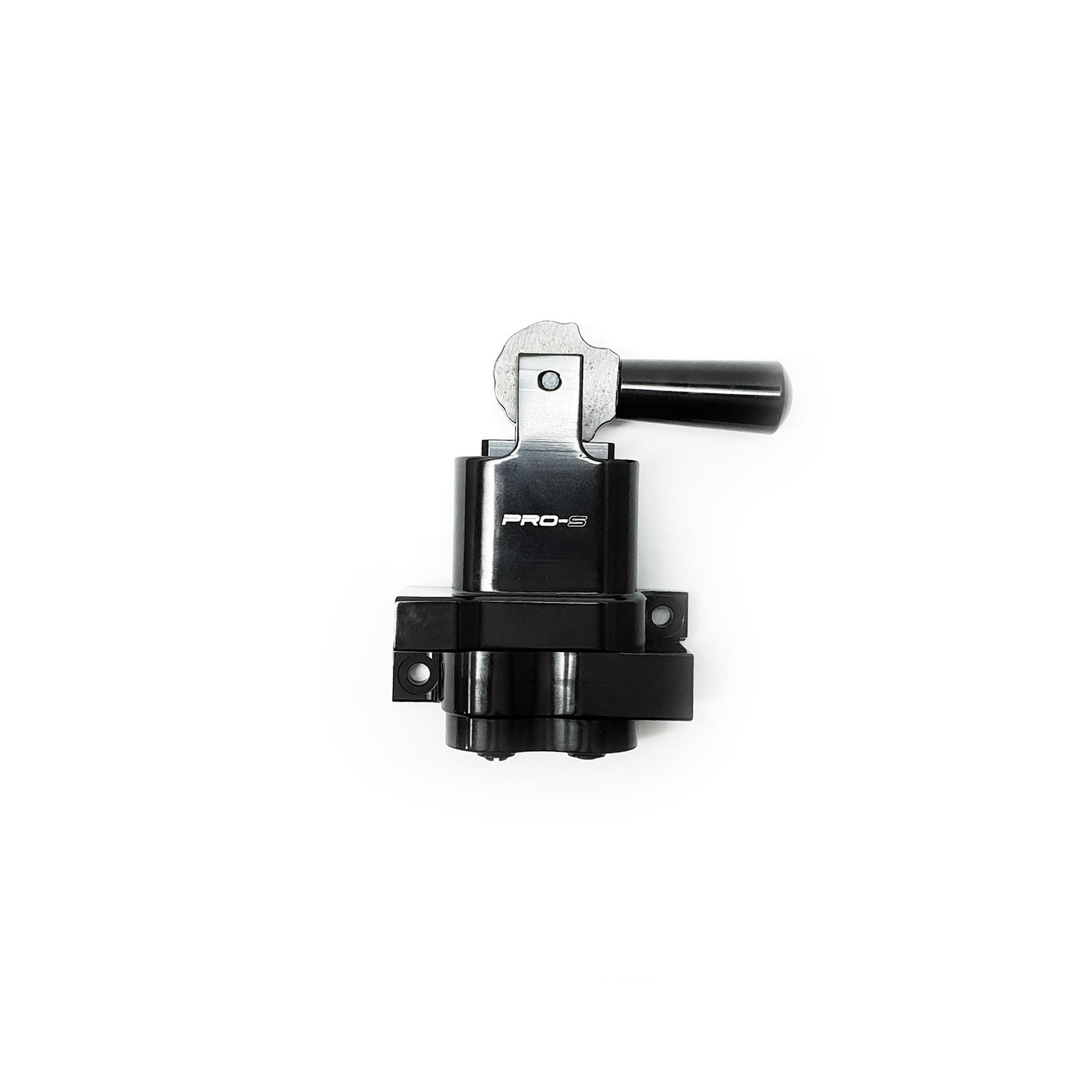
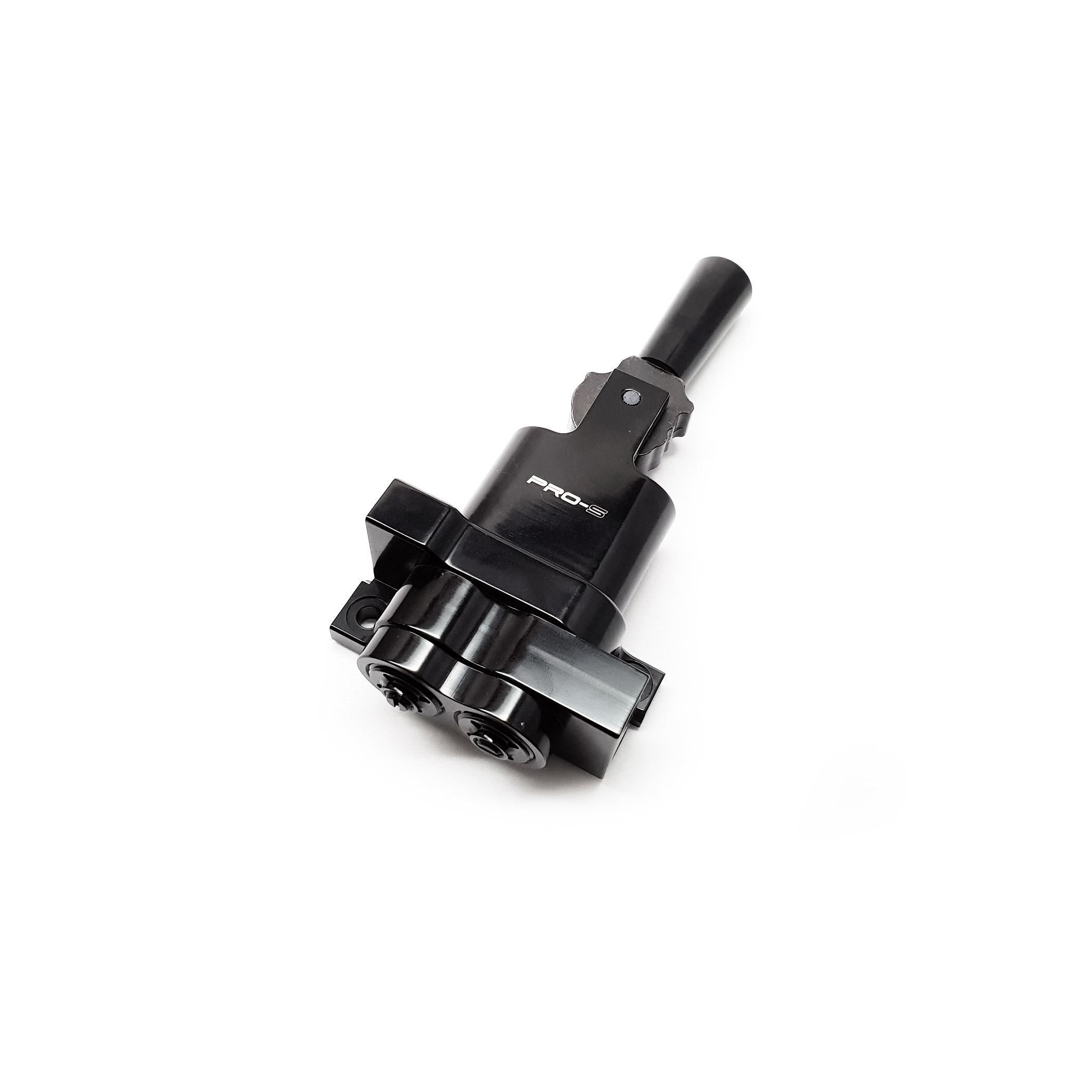
Reviews
There are no reviews yet.